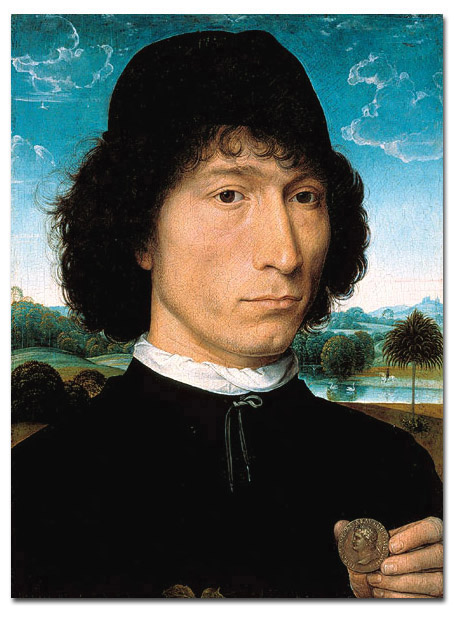An introduction to numismatics and collecting - Moruzzi Numismatica Roma
Main menu:
- An introduction to numismatics and collecting
- Abbreviations concerning coins
- Collecting ancient coins in Italy
- State of preservation of coins
- The rarity
- Numismatic bibliography
- False coins
- Plated coins
- The Roman woman in the portraits of the Augustae
- Roman tesserae with numerals and Spintriae
- The Ara Pacis
- The temple of Janus
- Domitianus
- A solidus of Jovinus
- International Coins
An introduction to numismatics and collecting
The coin was probably introduced in Lydia between the VII and the VI century to simplify the payment operations of mercenaries. It became in Greece a symbol of polis existence and autonomy. This ideological and exclusive connection between the polis and the coin was for a long time a characteristic phenomena of the Greek world. In the rest of the world other coin forms circulated and most of the economic activity wasn't organized yet in monetary terms. The oldest coins are imprinted only on one side, as the figuration was engraved on the surface of the inferior coinage, while the other side is marked by one or more punches. It was a matter of course to add a drawing to the superior die: in this way the two-faced coins familiar to us were born. The Greek coins of the classical period were predominantly in silver, a metal present in large quantity in the Hellenic world. Electrum coins instead remained limited to few places in Asia Minor. Gold was found in sufficient quantity to suit the normal coinage's needs only during the Philip of Macedon era. Bronze was used for the first time at the end of V century in Sicily and in Magna Graecia, where this metal - although not minted - was already used as currency by the indigenous people. Since the old era, people attributed to the coin peculiarities not intrinsic to its economical function as medium of exchange. Greek coins - small masterpieces of the ancient engraving art - fascinate for their refined beauty. Roman coins "spread" all over the Empire the messages that the emperor wanted to communicate to his subjects. An obolus was placed in the mouth of the dead as payment for the passage on the ferry of Charon. Imperial coins were found in the roman catacombs affixed on the tombs of the first Christians. A coin was placed on the foundations of a new building to mark its beginning. Collecting coins is not only gathering different exemplars. Collecting is also reliving all these fragment of stories, our story, the History of Man preserved in a small metal piece. One of the oldest form of collecting is undoubtedly the numismatic one. The passion of collecting coins starts during the roman emperors era. In the late antiquity era was also common using a coin as pendant to set in a choker. The real numismatic collecting starts with Humanism, being part of the renewed interest for the ancient world. The initiator of numismatic studies is Francesco Petrarch, who first considered coins as means of historic investigation - as well we learn from his Letters. The first great collector of roman coins was, however, the Cardinal Pietro Barbo, the future Pope Paul the II. Another great collector was Cosimo de'Medici. In the last century, the most important private collection was the King Victor Emmanuel the III one, given to Italy and now preserved in the Medals section of Palazzo Massimo.
Francesca Barenghi
The perceived ideas of an individual are unique and a logical product of different and personal impressions. Although a great deal of intellectual comment is placed freely on the internet, it should not be forgotten that there are moral and legal obligations with respect to the plagiarising of text without the consent of the author. Copyright Moruzzi Numismatica © 1999-2016
